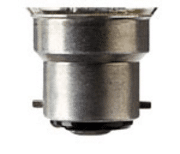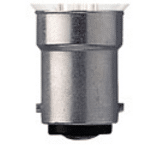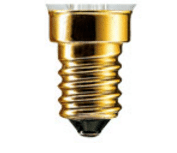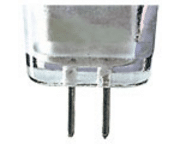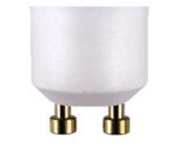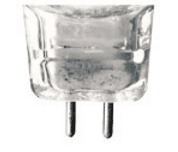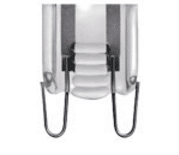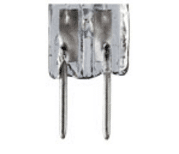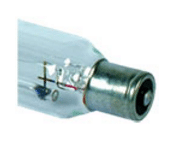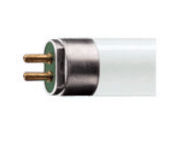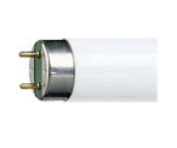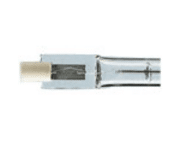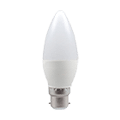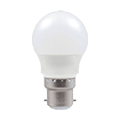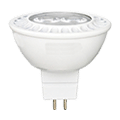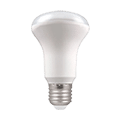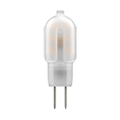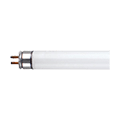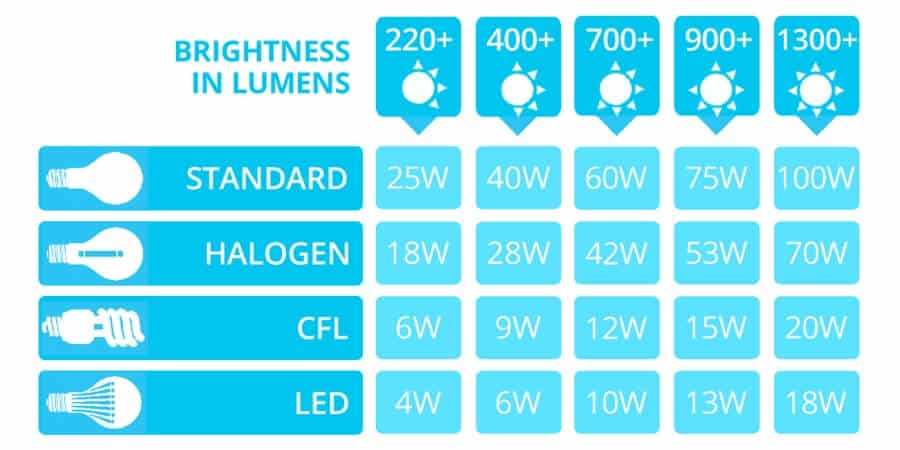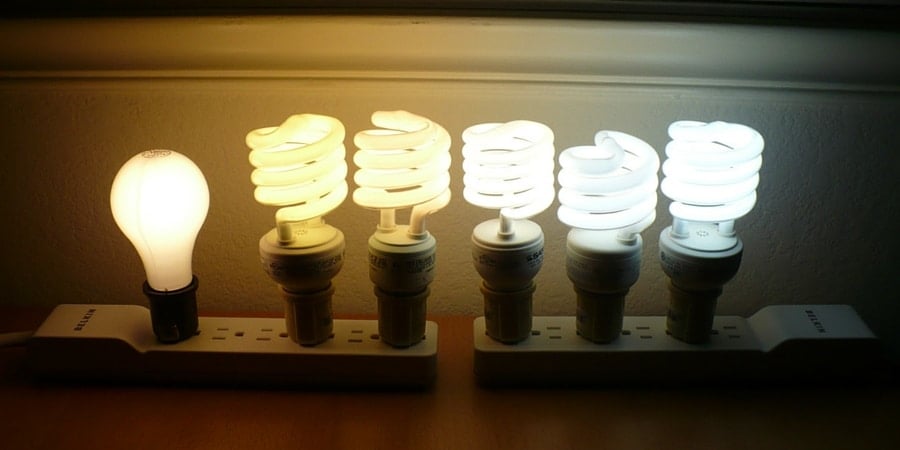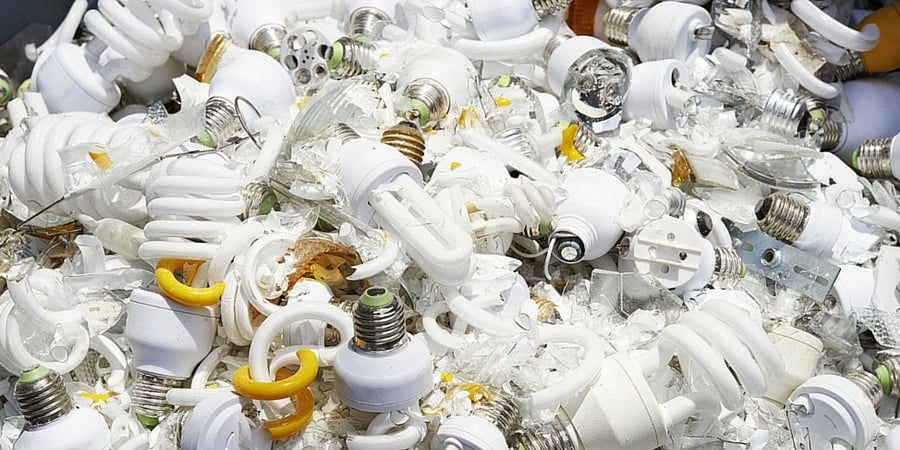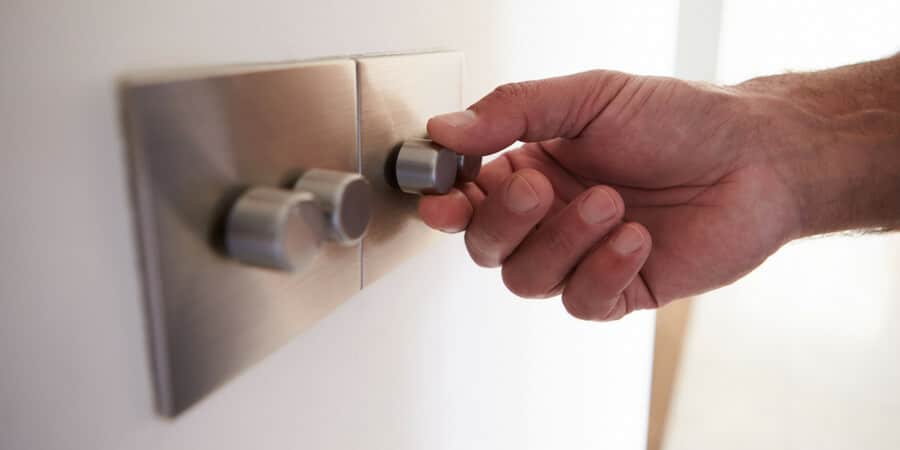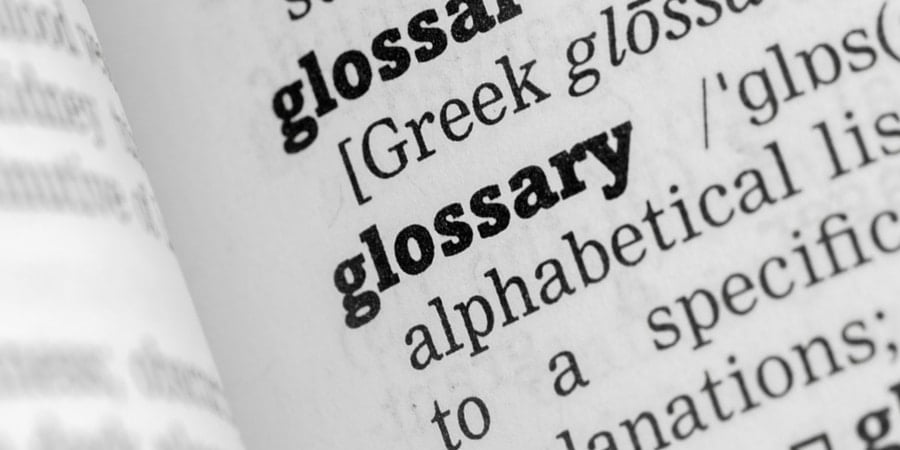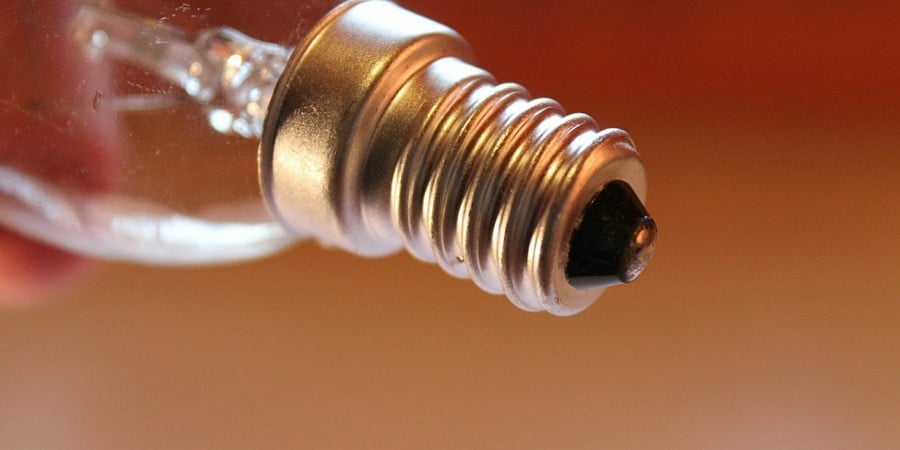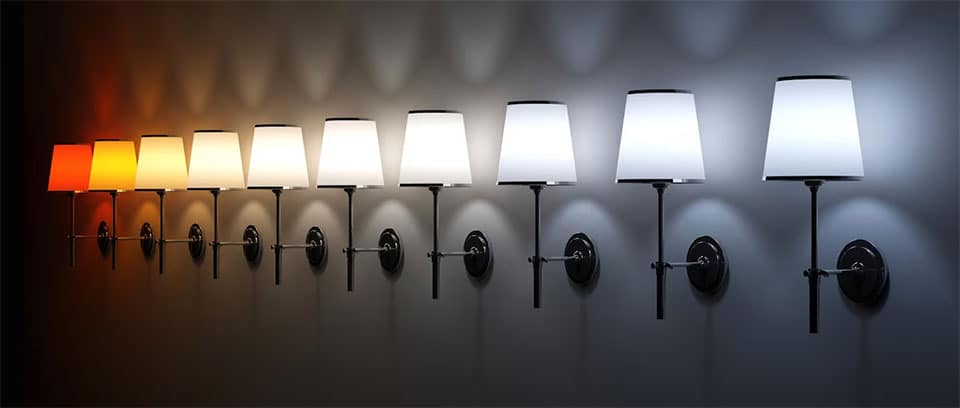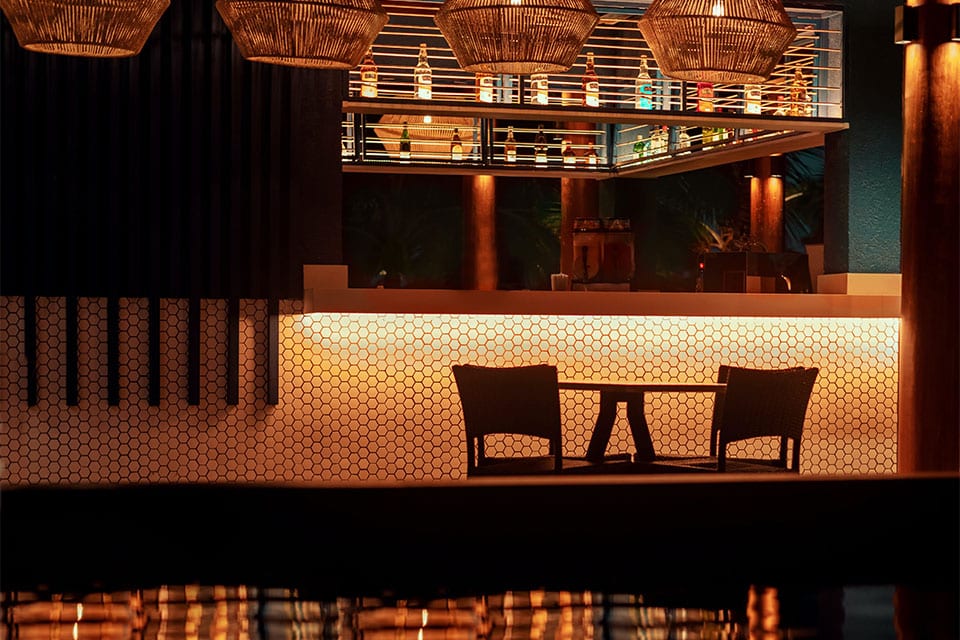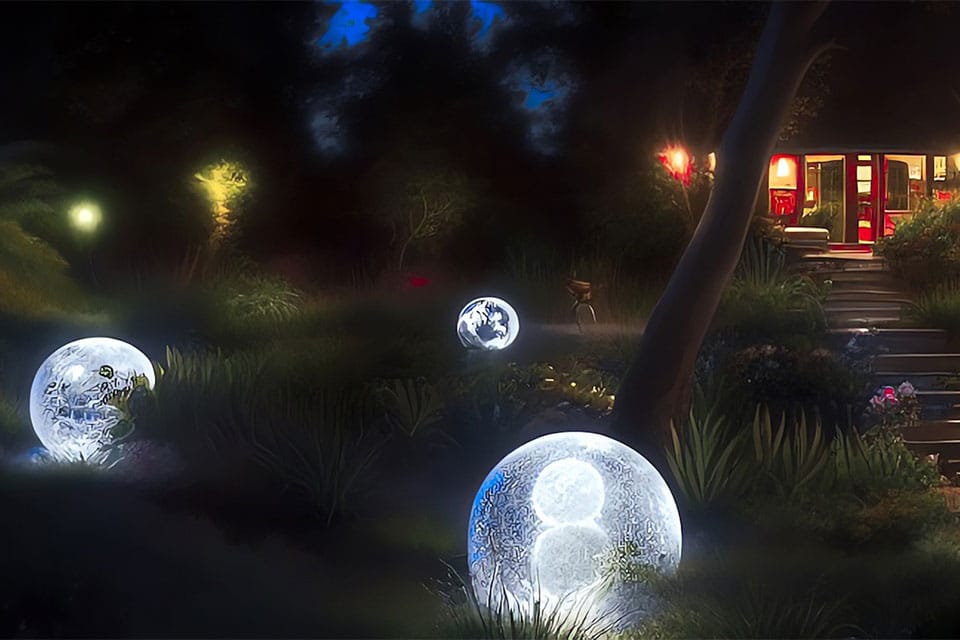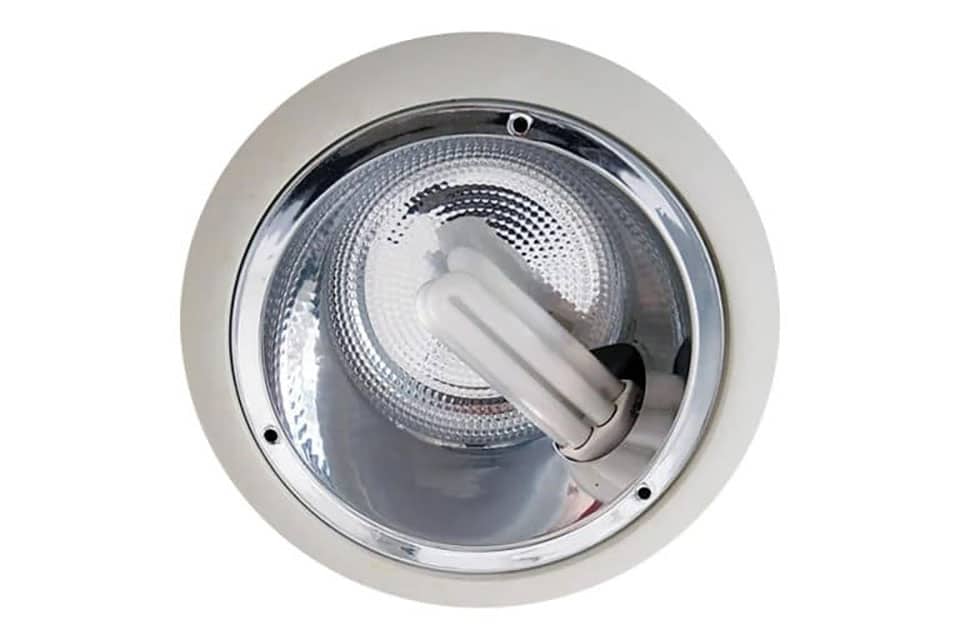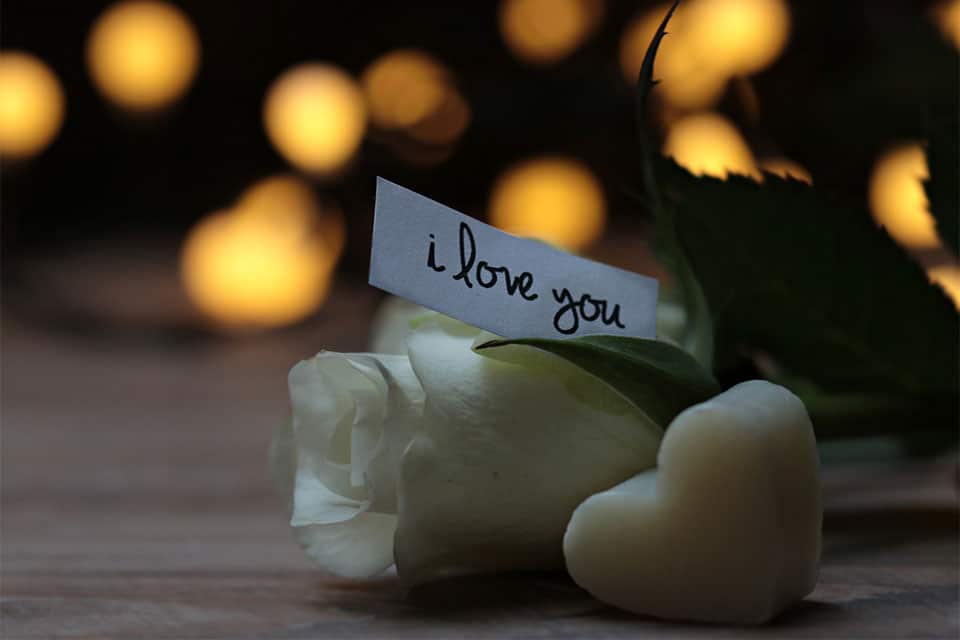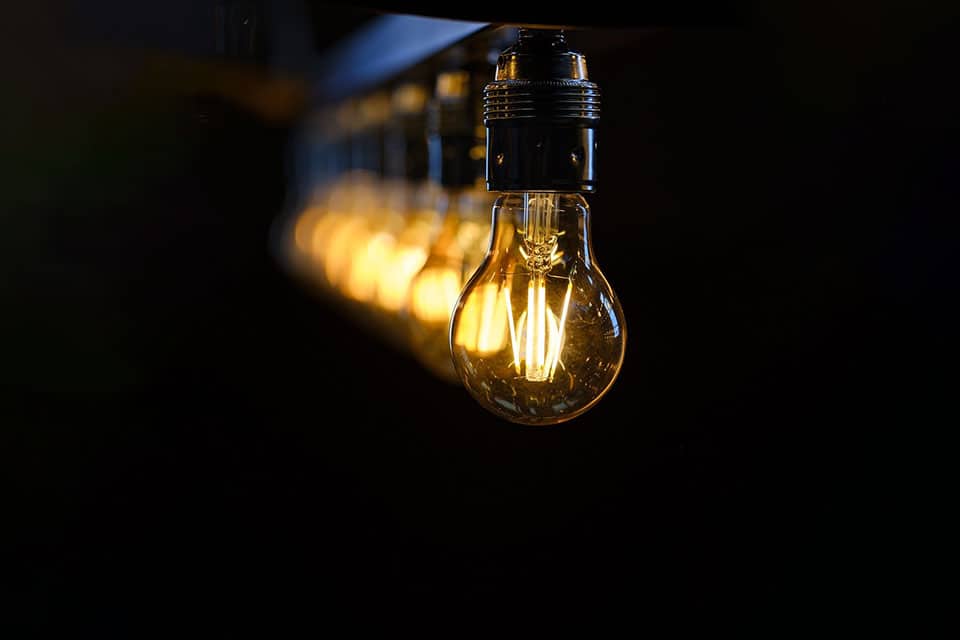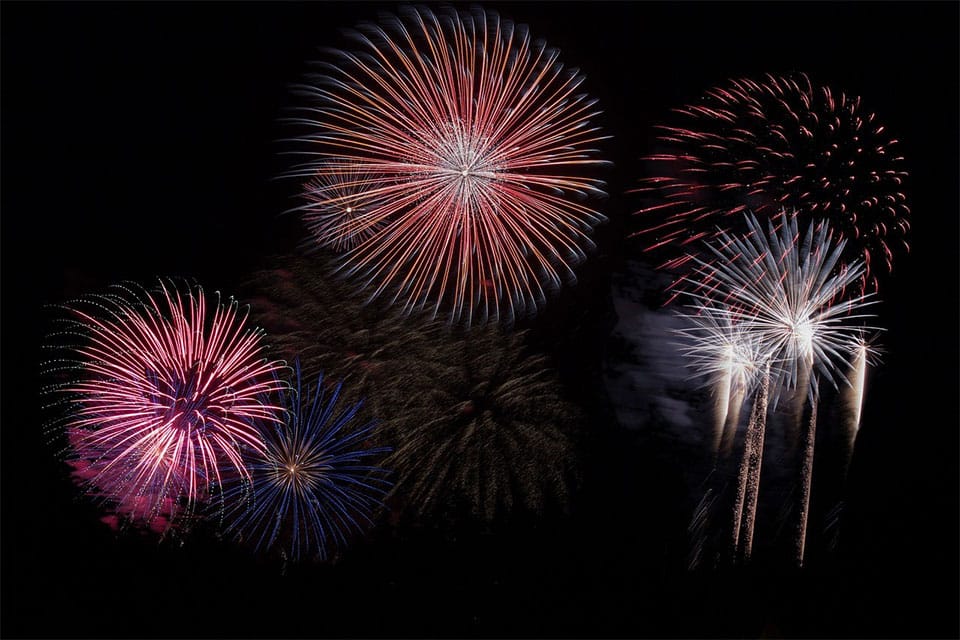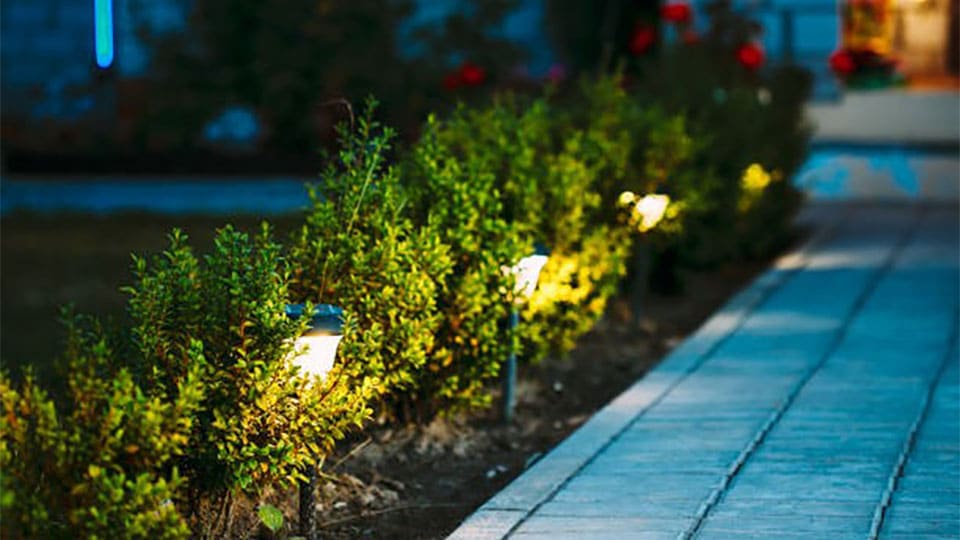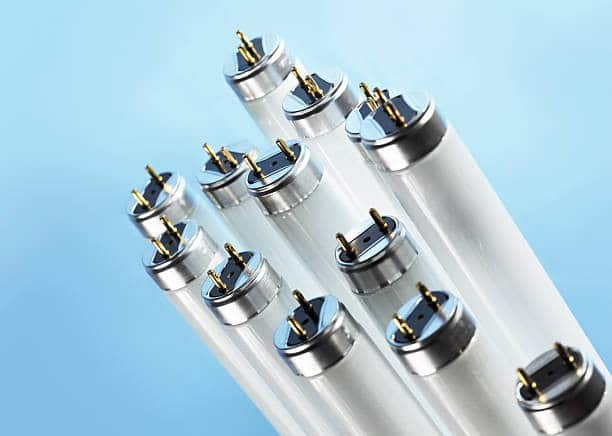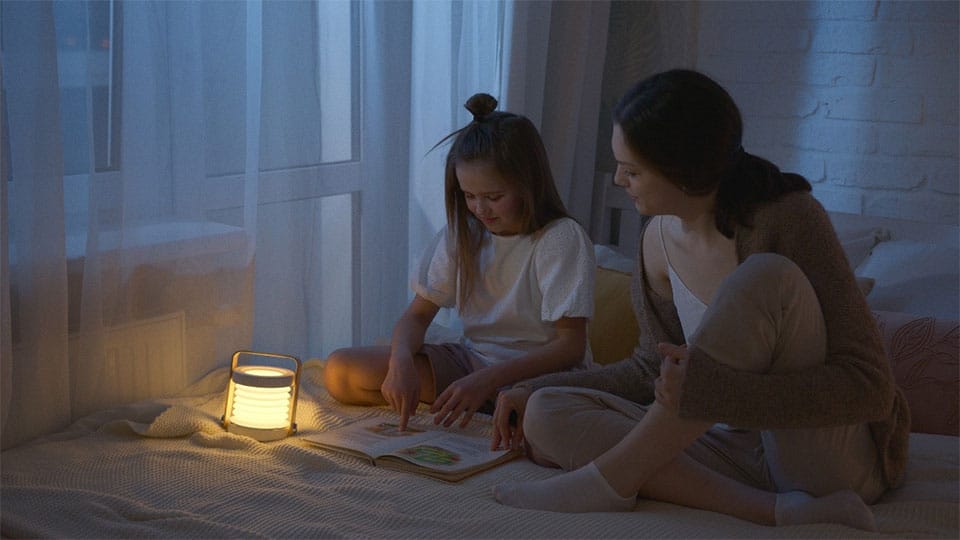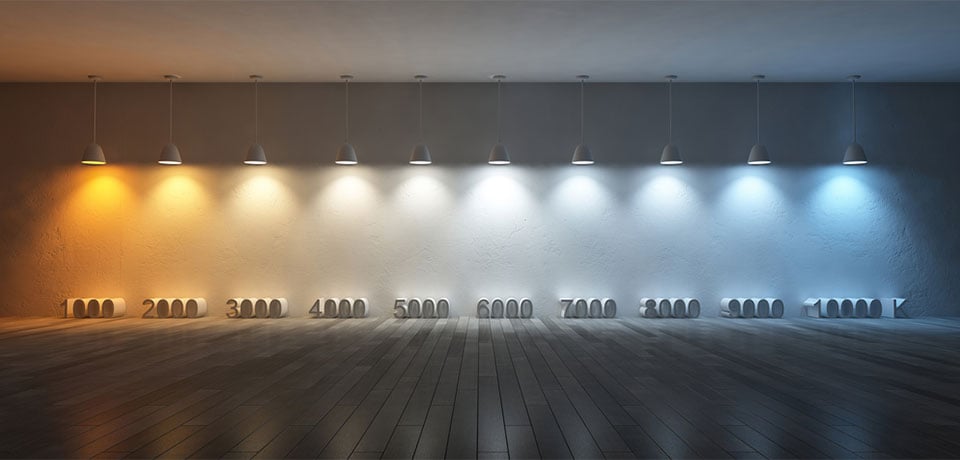One of the most common questions our customers ask us is why their LED lightbulbs do not match up, the shape is the same, the cap fits the socket, the wattage is the same, but the light looks completely different.
When replacing traditional lightbulbs, you very rarely went wrong, a 60watt regular lightbulb was the same as another 60watt regular lightbulb, but with LED it is a little more in depth. There are different designs such as filament, SMD (surface mounted diodes) and COB (chip on board) as well as different Lumen outputs and colour temperatures. to contend with. Once you understand the terminology and what to look out for on a lightbulb or its box, choosing the correct lightbulb becomes a simple task again.
One of our customers approached us with a typical example of common mistake that are easily made. They had 6 x LED 240v GU10 spotlights illuminating their living room, which did not match and provided an un-aesthetic effect. They had originally been using 50watt halogen lightbulbs and had replaced them one by one over time with LED, all the spotlights they had used were all 5watts and all GU10’s but they looked different. Although the wattages were all the same, the lumen outputs all varied. With LED the level of light that the lightbulb provides is denoted by the lumen output rather than the wattage the lightbulb consumes, so the lumens are far more important than the wattage.
Halogen GU10 lightbulbs came as warm white as standard, there was not choice of colour temperature to choose from but with LED you have a choice of warm, cool and daylight, whereas this is an added benefit with LED lightbulbs it can be detrimental if colour temperatures are mixed.
Our customer sent us the below image and asked for our advice on how to improve and uniform his lighting.

The solution was easy, we asked which colour effect the customer preferred, and he specified the warmest colour, all the spotlights were changed to a warm 2700k colour which creates an inviting, welcoming, cosy atmosphere. We recommended a 350-lumen option which is the equivalent to a 50watt halogen. The overall effect was uniform and was far more pleasing to the eye.
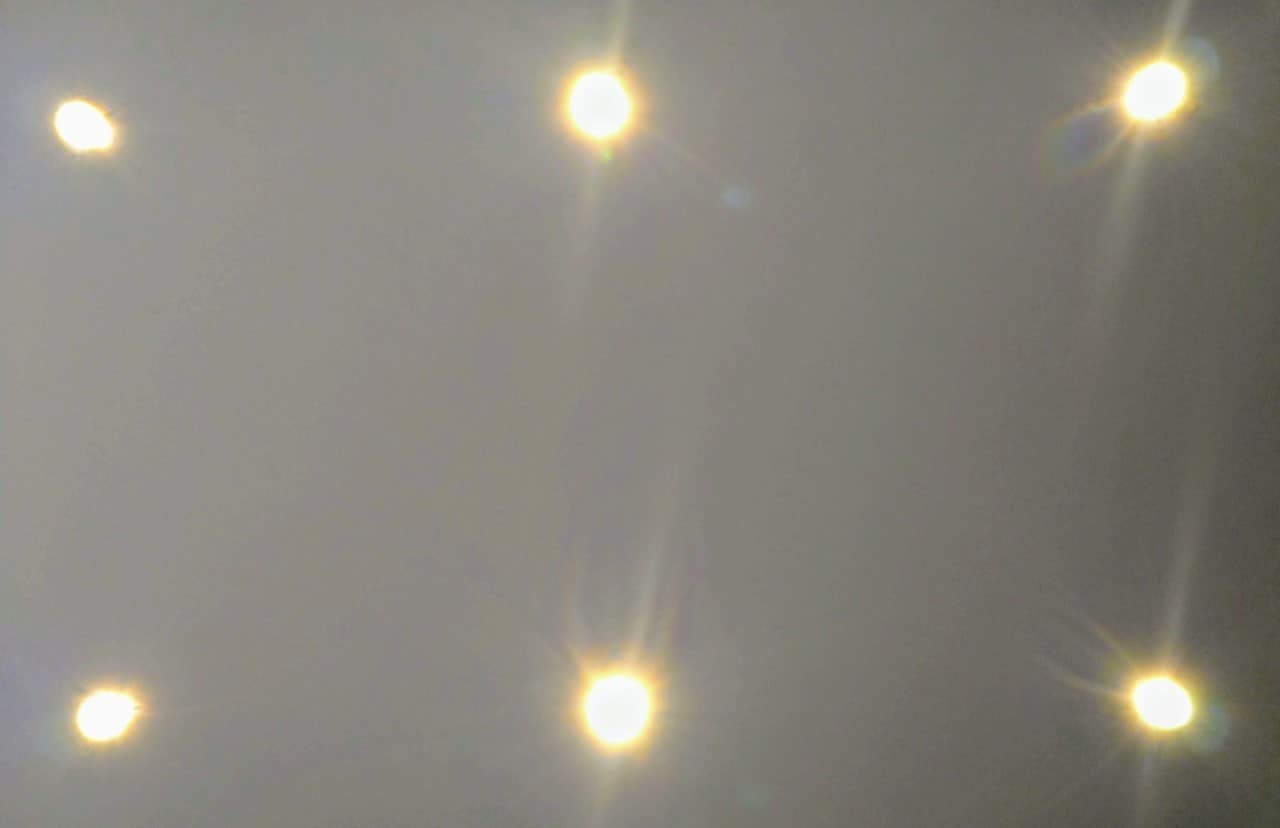
Do you have a lightbulb conundrum our helpful team can assist you with? If so, please contact us at [email protected] and we will be happy to help.


